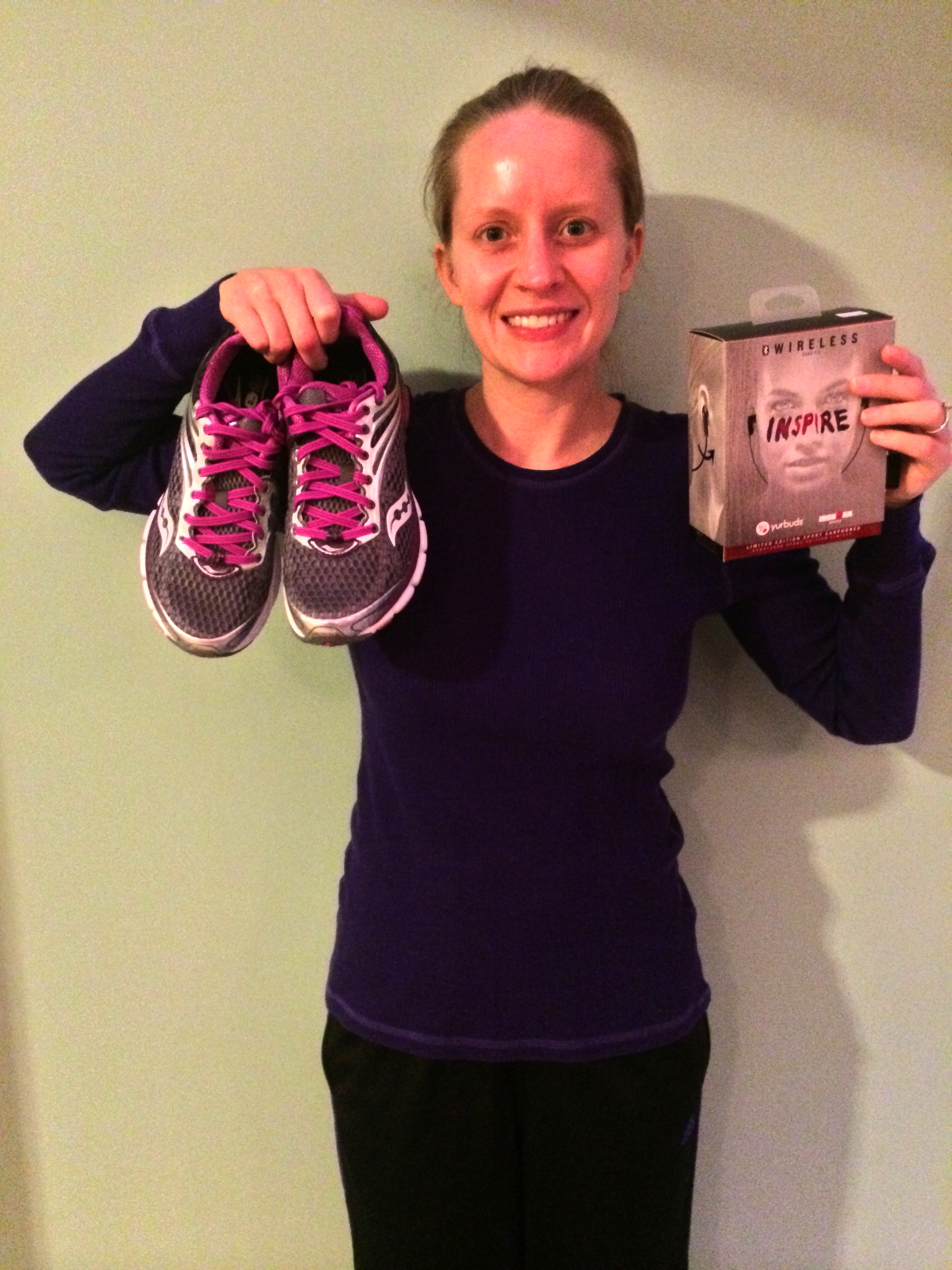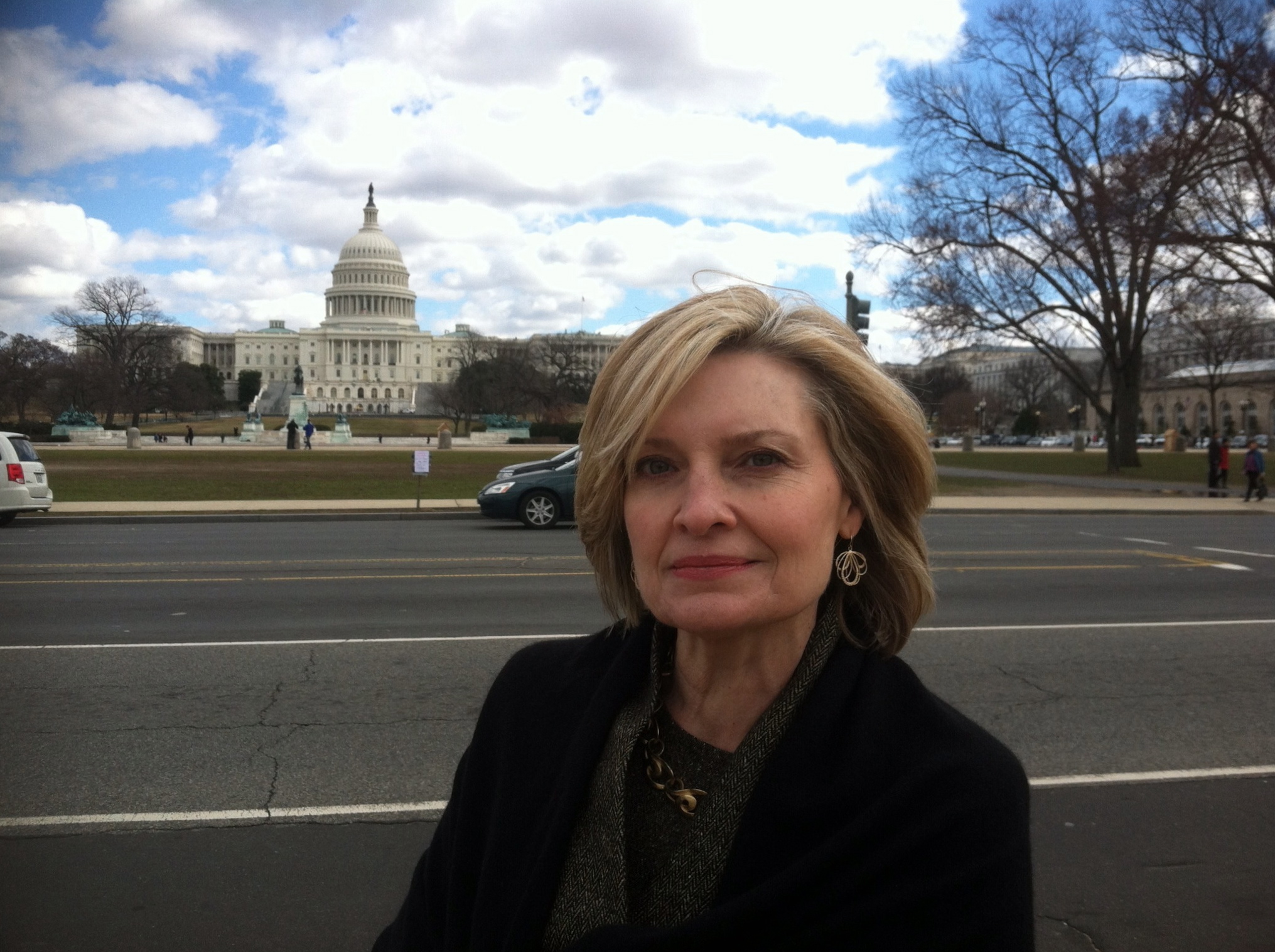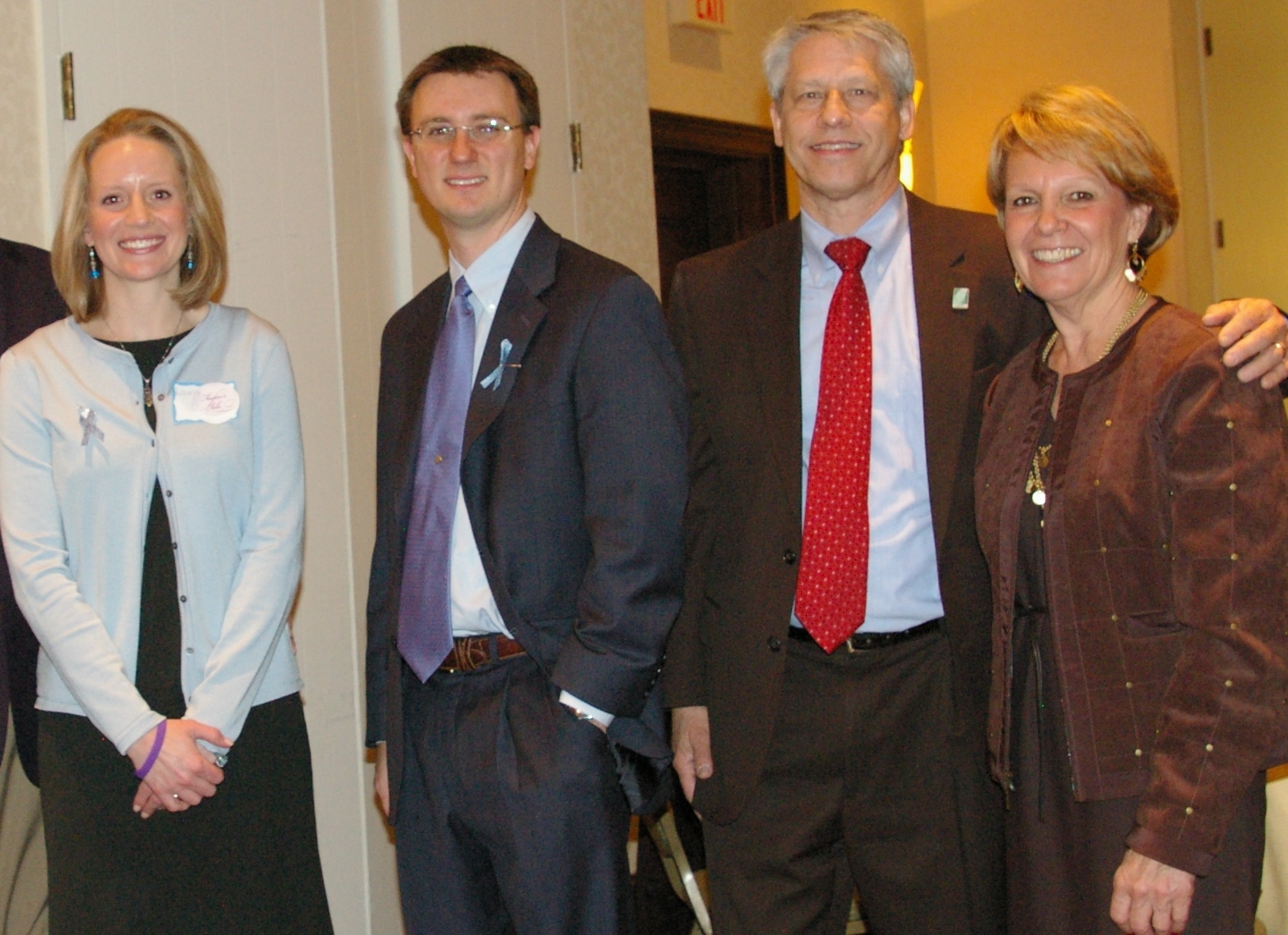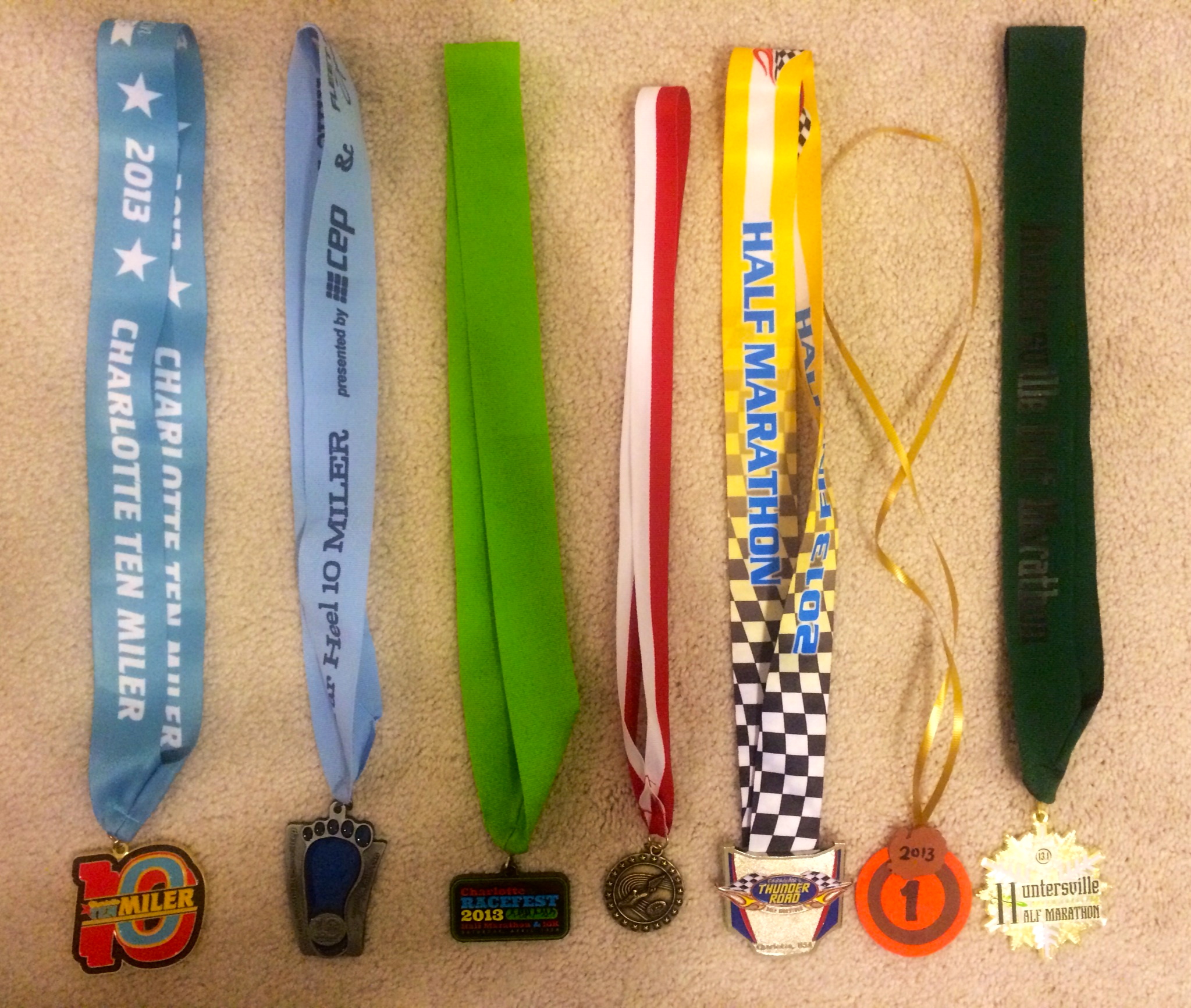Thanks to my friends at Run For Your Life, who hooked me up with a free pair of purple Saucony Triumphs and some other swag for putting together one of the biggest – and most awesome – teams at Charlotte’s Thunder Road Marathon. I also snagged a pair of limited edition, stereo-Bluetooth earphones from yurbuds.

I don’t think anyone’s ever made a shoe quite like the Brooks Glycerin (the only shoe I’ve worn in a race for three-plus years), but I’m willing to branch out in the name of purple and variety. And the earphones are just cool.
I’m already filling my race calendar for the coming year, and though I’ll never be able to match the epic journey of my blindfolded run for my sister at last month’s Thunder Road Half Marathon, I couldn’t be more excited about running for Taylor and the fight against rare diseases in 2014.
Less than a week after I kick off my sixth year of running for Taylor with the Charlotte 10 Miler, Taylor’s Tale and other organizations from more than 70 countries will recognize Rare Disease Day. On Feb. 28, 2014, the seventh annual Rare Disease Day will provide a platform for patients, patient representatives and others to raise awareness about rare diseases and the huge impact they have on patients’ lives. Since its founding in 2008, Rare Disease Day has contributed to the development of national plans and policies in many countries, including the United States. Last year, Taylor’s Tale sent two board members, including my mom, Sharon King, to Washington to attend sessions, visit with legislators and advocate on behalf of the 30 million Americans who suffer from a rare disease.
As my mom and her travel buddy, Debbie Carney, forged relationships with key decision makers and gained valuable knowledge, the rest of the Taylor’s Tale team joined with Dr. Steve Gray of the UNC Gene Therapy Center to announce co-funding for a two-year research project that, if successful, could lead to a clinical trial for children with two forms of Batten disease. Ten months later, Dr. Gray’s work is on track, and our team is focused on securing additional funding to help move the project past the first two years and toward our goal of a treatment.
My husband and I are hosting Christmas this week. This weekend, we did some December “spring cleaning” to get our house in shape for the holidays. I pulled all of my race medals down from the plastic hook on the office closet door, where I’d thrown them up in a haphazard fashion. I counted seven from 2013:
As I spread them out on the carpet, I relived each race, from a rain-soaked Charlotte 10 Miler in February to a rain-soaked Huntersville Half Marathon last weekend. I realized I set a new personal record (PR) in every race except the one I ran blindfolded. And I felt Taylor’s absence at every single one. As I sat alone on the floor and ran my fingertips over those medals, feeling the raised details of each one as a blind person would, I thought about how much my sister has declined this year.
I got faster in 2013 – a lot faster. I owe it to a good friend who ran my first race with me and helped me – a born sprinter broken by soccer – believe I could be a distance runner; to the shoes that were made for my balky ankles and feet; and to the doctor who convinced me that lower mileage and cross training might actually make me better on race day. But more than anything, I owe it to my sister, who gives me wings when my lungs burn and my body wants to quit. More than anyone else, my sister, who can no longer walk without assistance, taught me how to fly.
I have big plans for 2014, both on and off the race course. I intend to keep setting PRs. But at the end of the day, my medals are just worthless chunks of metal.
Dr. Gray and others are racing to save kids like Taylor and the millions of people fighting a rare disease.
Theirs is the greatest race of all.



